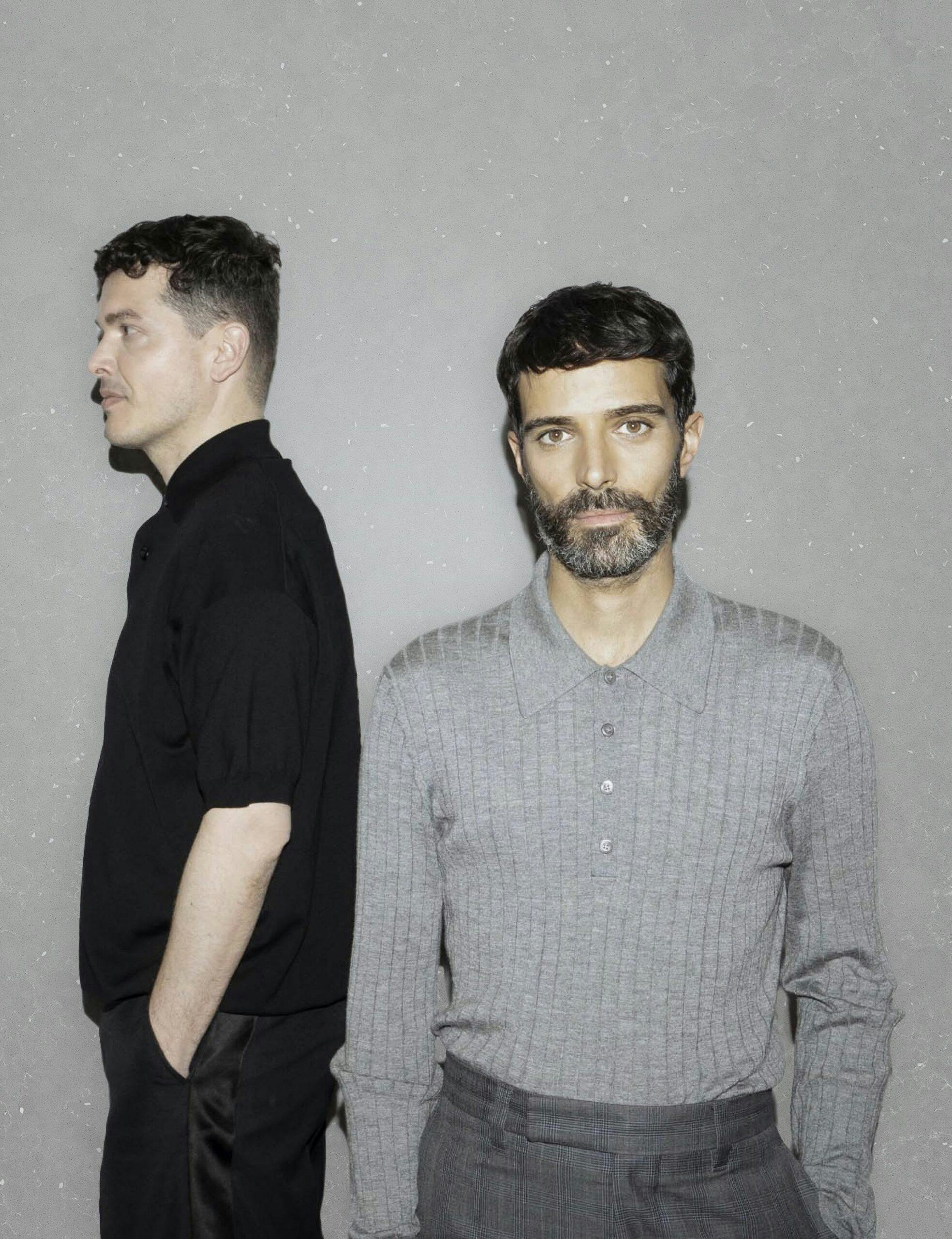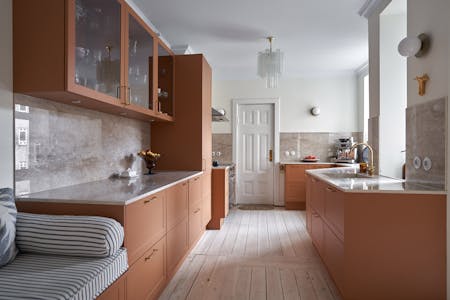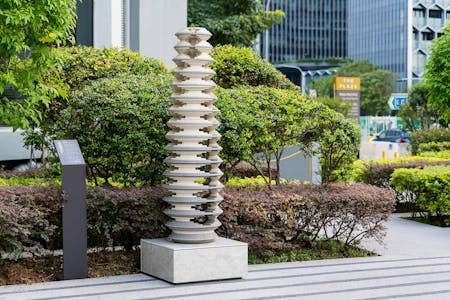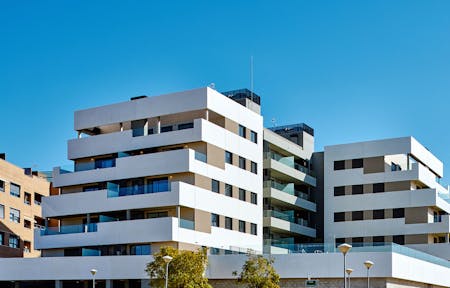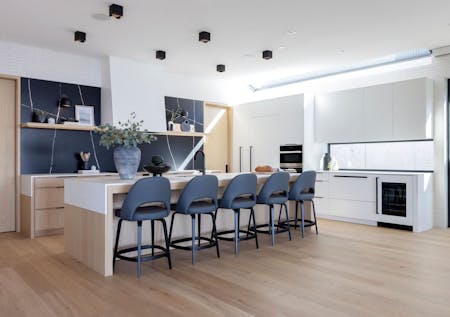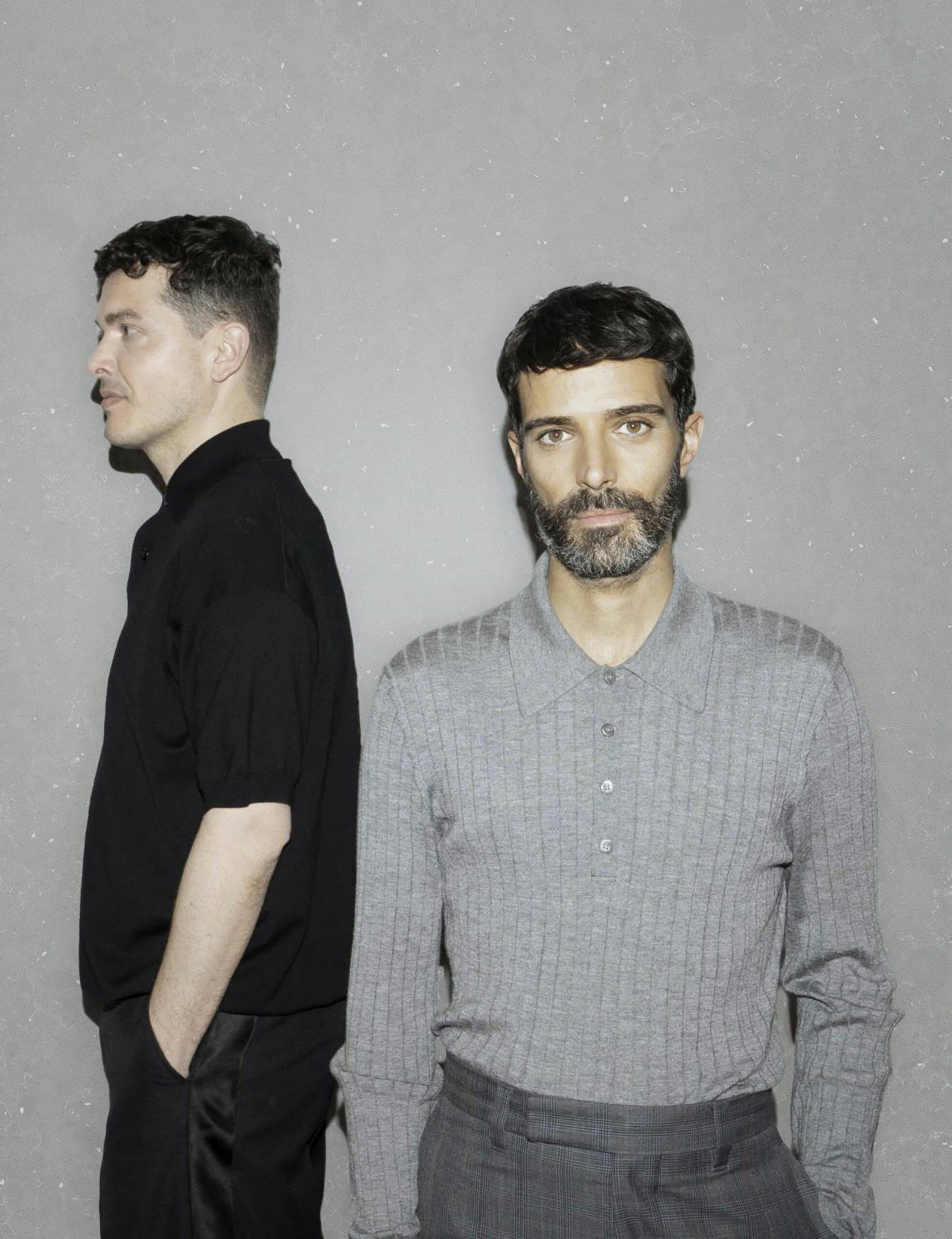
Formafantasma
Home » Blog & Events » Formafantasma
“When we started working with Cosentino, we immediately connected because we shared the vision that it’s much more about understanding the processes involved.”
Andrea Trimarchi (born in 1983) and Simone Farresin (born in 1980) are the precocious minds behind Milan-based design studio Formafantasma, renowned for their innovative approach and commitment to challenging the conventions of design, particularly in terms of sustainability. Since founding the studio in 2009, the Italian duo have taken their groundbreaking vision beyond borders, becoming synonymous with design that transcends conventional aesthetics and prioritises the processes behind its creation.
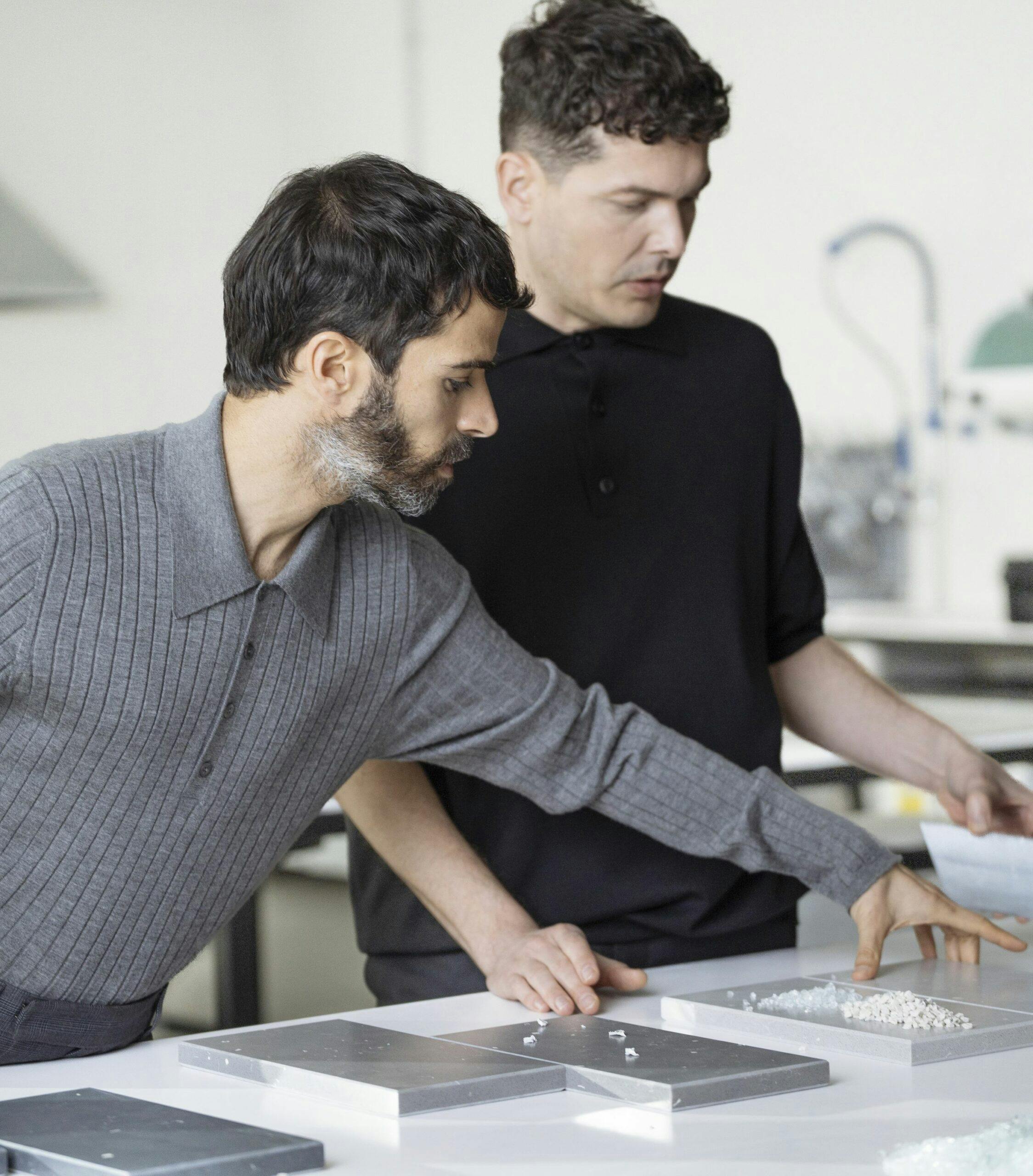
Andrea Trimarchi (left) and Simone Farresin on the headquarters of Cosentino
Holistic approach
Their design philosophy emphasises the importance of material and process over the final product. This ethos is evident not only in the studio’s name, but in every project they undertake. Trained at the Istituto Superiore per le Industrie Artistiche (ISIA) in Florence and then at the Design Academy Eindhoven, Trimarchi and Farresin have adopted a holistic approach that sees design as a means of understanding the world through research.
Challenging convention
Formafantasma’s work continues to challenge convention and explore new realms and possibilities within product design, spatial projects, strategic planning and consultancy. With a particular focus on sustainability, the studio adopts an approach that encompasses the entire lifecycle of the product, from the sourcing of materials to the end of its useful life, championing the beauty and unpredictability of the creative process over mere aesthetics.
Beyond aesthetics
When we set out to design a material, whether for kitchens or for other architectural purposes, we find it fascinating not only to consider the aesthetics, but also to delve deeper into its components. Working closely with our clients, we explore how the materiality of the object itself can be enhanced.
Designing for the future
Designers have a crucial role to play in innovating to address the current climate crisis. We need to initiate new processes. It is not just about providing beauty, but also content, revolutionising with more radical ideas and rethinking production processes.
Form with substance
One of the biggest challenges we face as professional designers is the common misconception among clients that the design process is all about style, form or just aesthetics. Fortunately, when we started working with Cosentino, we immediately connected because we shared the vision that it’s much more about understanding the processes involved in developing the material than just focusing on the aesthetics.
Meaningful partnerships
There are always personal reasons for working with a partner; it is not just about a financial agreement, but also about what you discover when you get to know their reality. When we travelled to Spain to visit the Cosentino factory, we were surprised by the number of young people working in the company and realised that Cosentino cares about the local economy and that it is vital to the people who live there. This fact made us want to work with them in a way that we would not have been able to force otherwise. When you work with a company like Cosentino, you know that you have to get involved in the production process, and that obviously includes getting to know the many people who work there, as well as understanding the constraints and opportunities of the production process.
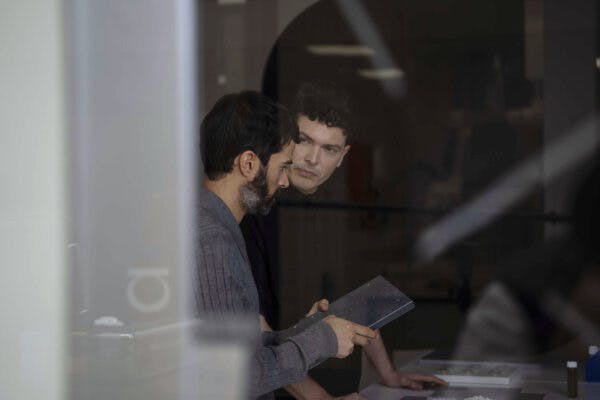
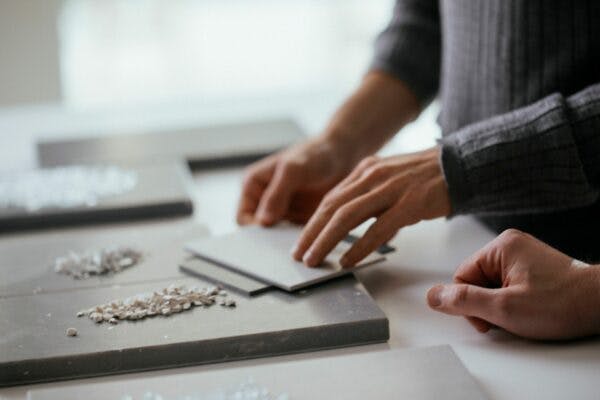
The keys to Earthic
Earthic is a highly engineered surface and this has allowed us to understand how we can incorporate different types of recycled materials, up to 30% of the final product. The first step was to thoroughly understand all the components and identify ways to improve their impact. For example, while the use of white is common in such processes, adding more white increases CO2 emissions during manufacturing. This is why we use different shades of grey.
Earthic and its components
The amount of material extracted from the earth is critical for this type of surface. We use three main components to make Earthic. Firstly, factory waste, which has added value because it is directly linked to its place of origin. Second, recycled glass. Finally, PET, made from plastic bottle waste, completes the trio of materials.
A good result thanks to a good working relationship
The relationship we built with the development team was very positive. The development process is a bit like baking a cake, where the powder eventually becomes a solid material. That is why it is important to have a good working relationship with the technical team.
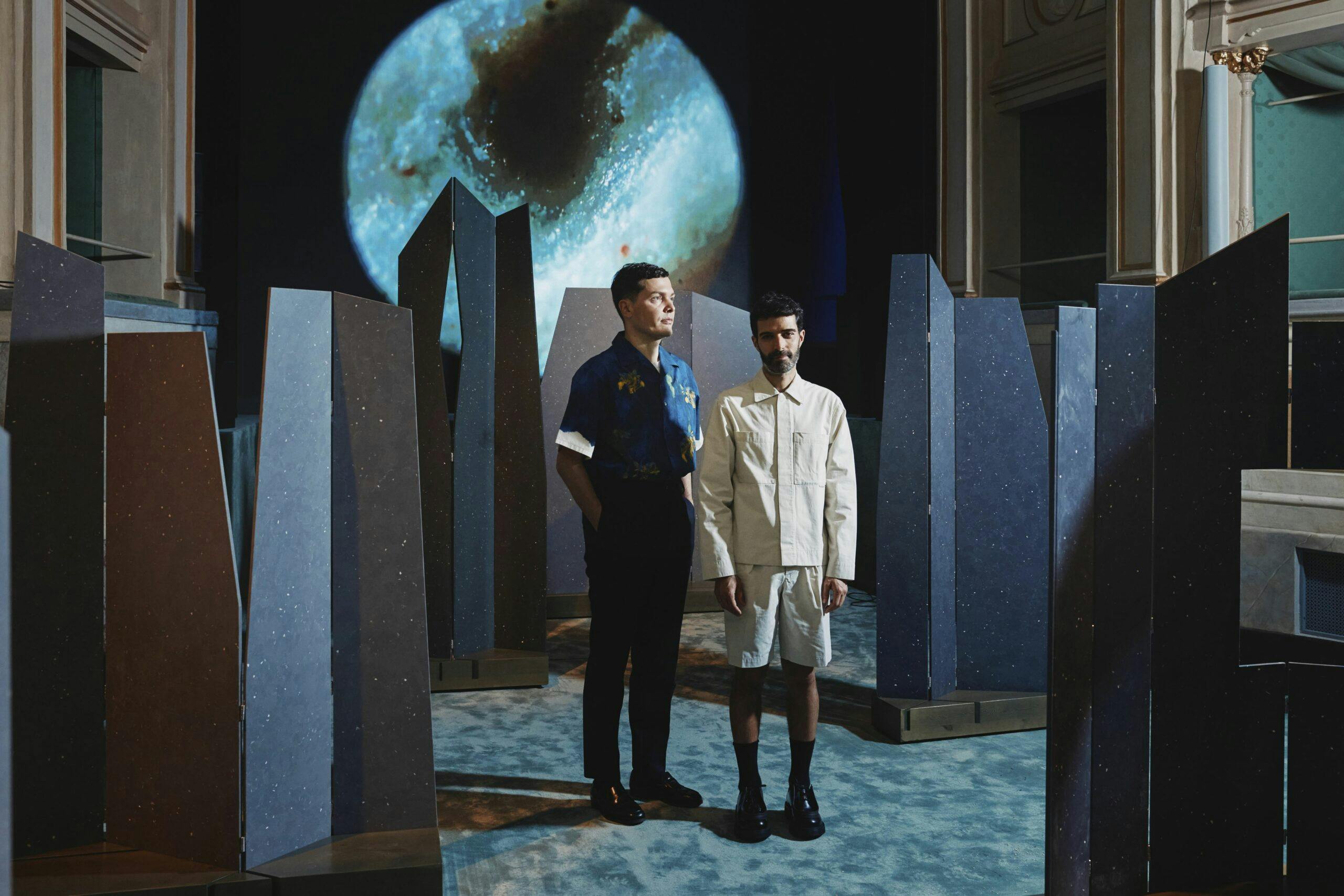
Earthic Lab: An installation that brings the invisible to the stage
For us, the Earthic Lab installation is the perfect way to explain the innovation we have introduced with this new surface, the materials we have used, and to make it all transparent to visitors. The idea was to bring it into the scenography, because we are in a theatre, the different components and processes that led us to the final result, so that the visitors could also see the invisible. It is not just about the aesthetics of the slab, but also what is behind it. It is an immersive installation to explain the most authentic information.
How the Earthic Lab installation works
Naturally, the aesthetic is in keeping with Cosentino’s origins, resonating with its desert setting. The installation has integrated this lunar aesthetic into the theatre space. In Earthic Lab, we have used a variety of media, including video and sound, to ensure that the content is communicated effectively. It is also worth noting how we have strategically divided the content into different levels, taking advantage of the different heights of the theatre. Each level is dedicated to one of the primary materials that make up the slab.
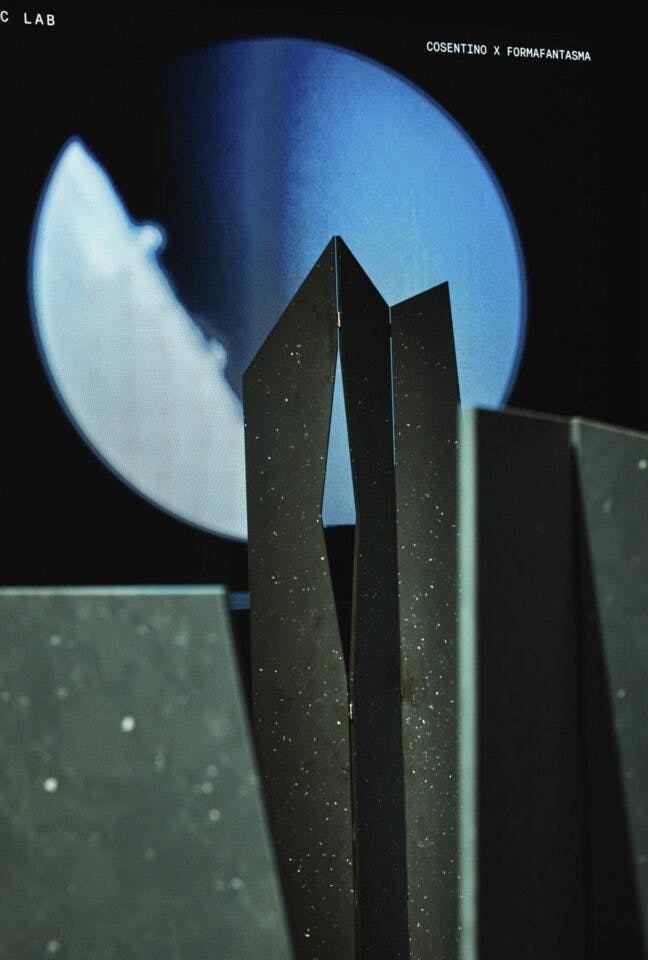
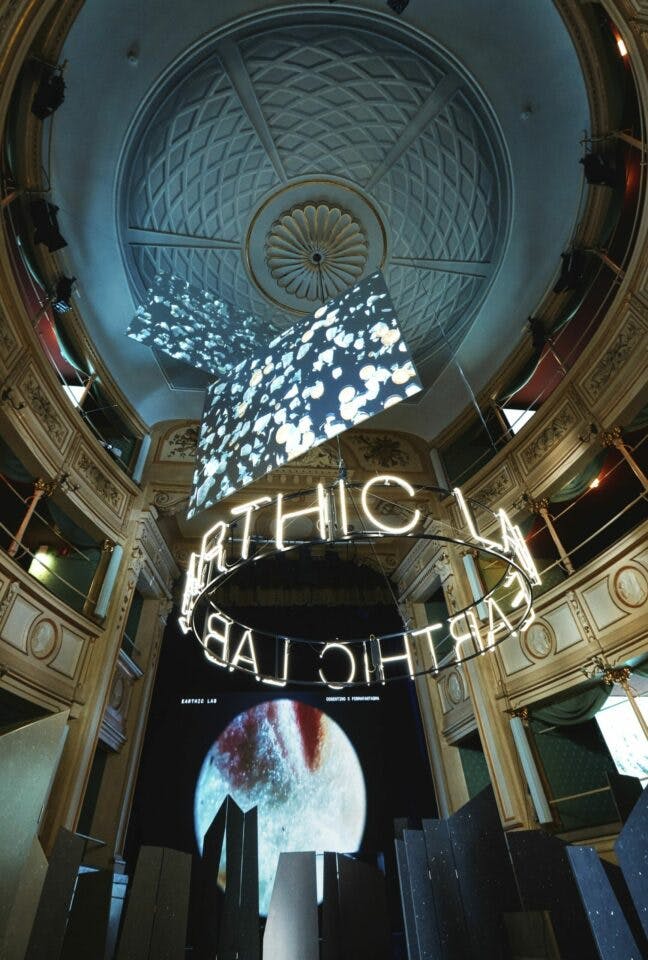
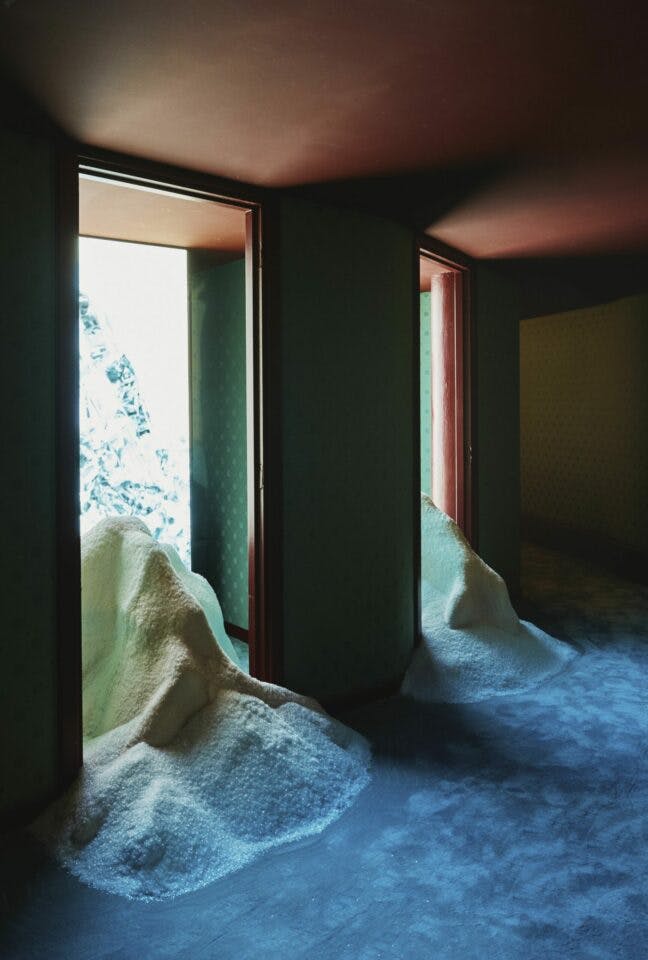
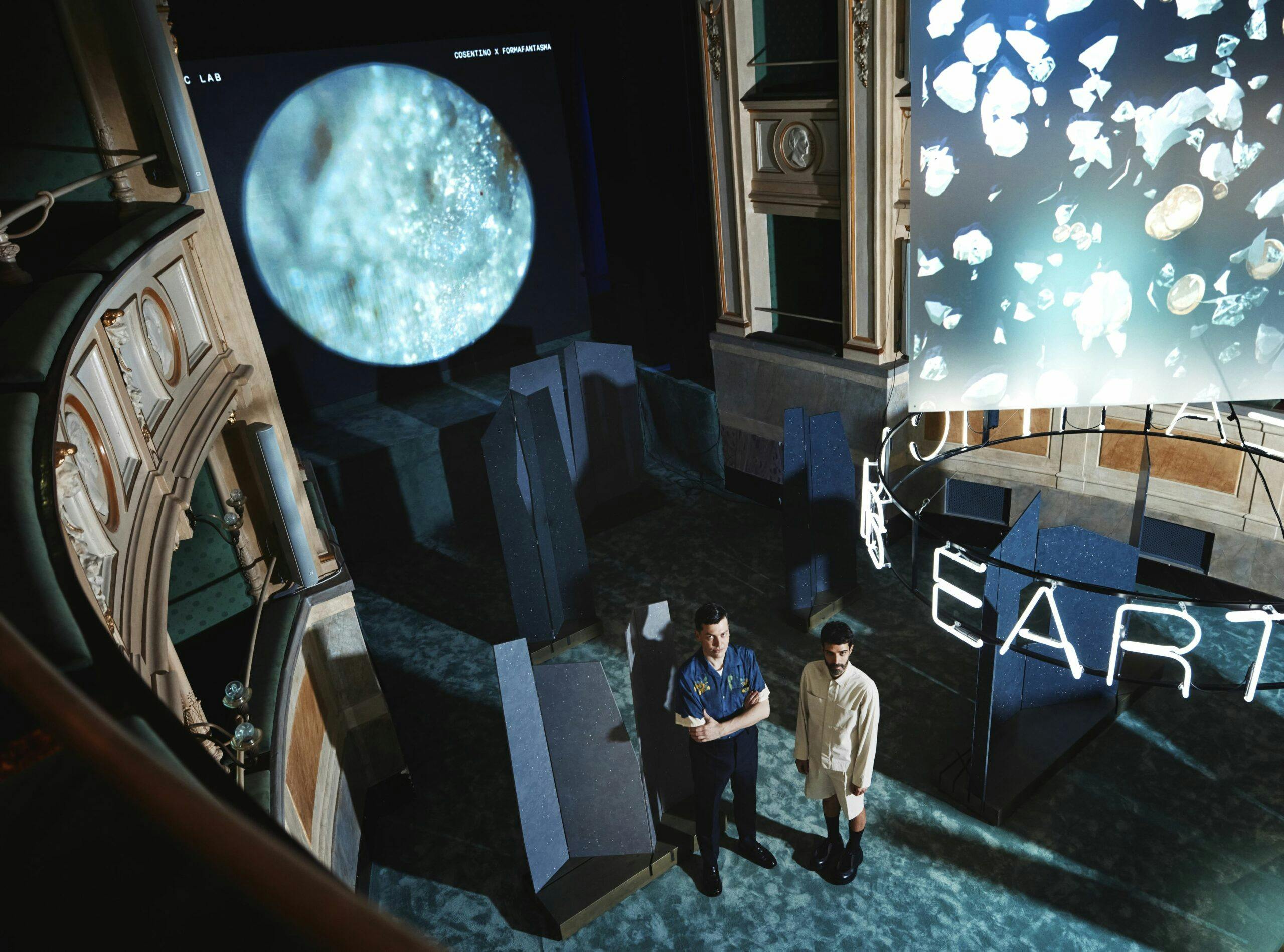
Earthic Lab by Formafantasma for Fuorisalone
“Designers have a crucial role to play in innovating to address the current climate crisis. We need to initiate new processes.”

Formafantasma
Designers
Regístrate en C·Top Design
Podrás formar parte de nuestra comunidad de diseñadores y acceder a multitud de servicios exclusivos.

